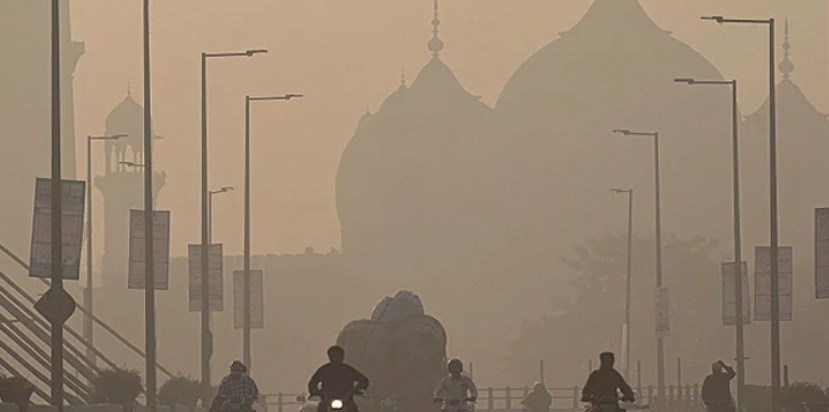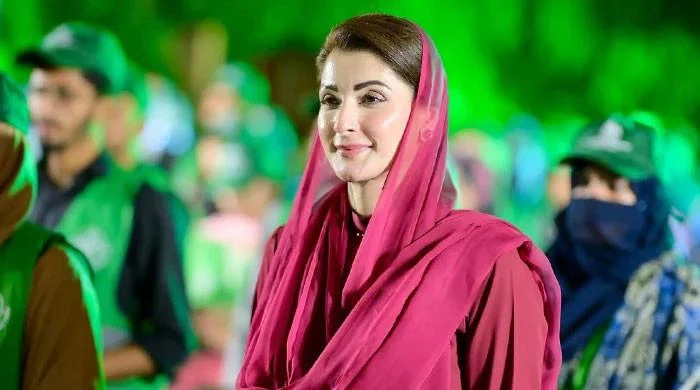Lahore is grappling with hazardous air quality levels as the city recorded an alarming AQI (Air Quality Index) reading of 609 on November 5, 2024, making it one of the most polluted cities in the world. This air quality level falls under the “hazardous” category, posing severe health risks to residents.
The smog, primarily resulting from vehicular emissions, industrial activity, and seasonal crop burning, has enveloped the city in thick haze, prompting public health warnings and the temporary closure of schools and offices.
Residents in Lahore, especially children and the elderly, have been advised to minimize outdoor activities. Protective measures, such as wearing masks and using air purifiers, are being emphasized, as prolonged exposure to such high levels of pollution can lead to respiratory and cardiovascular complications.
The Punjab government has implemented emergency protocols, yet efforts to mitigate the smog’s impact face challenges, particularly due to the increasing urban population and ongoing industrial development in and around Lahore.
This environmental crisis in Lahore underscores the urgent need for sustainable practices and stringent pollution control measures. Experts call for long-term solutions, such as improved public transportation, green initiatives, and cross-border cooperation with India to address shared environmental concerns like crop burning.





